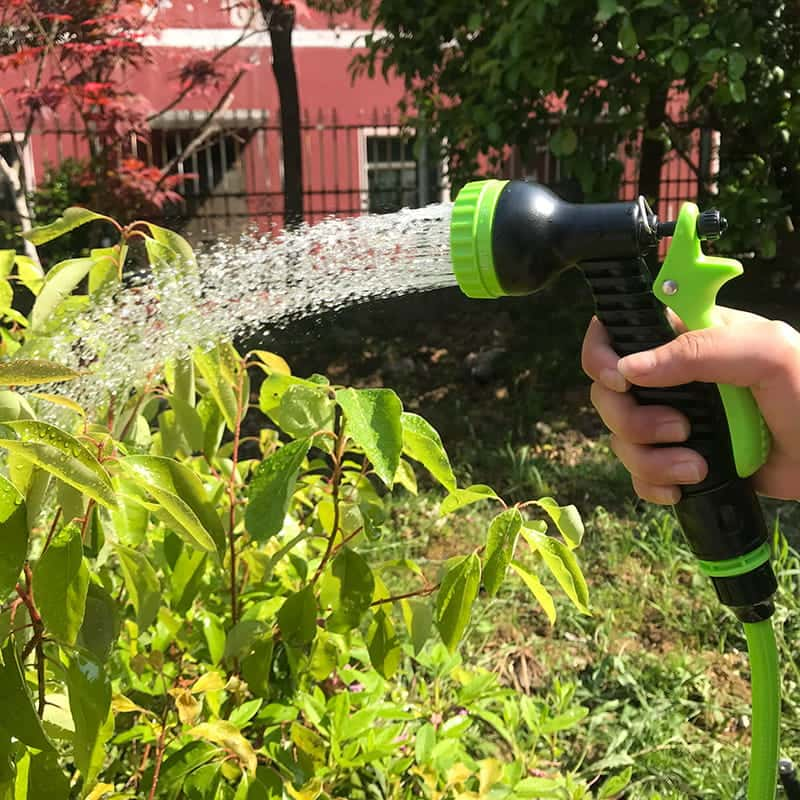- All Reserved. © 2019
- Cixi Tianshuo Industry and Trade Co., Ltd.
- Web support by : HWAQ
Introduction to the use, advantages and disadvantages o […]
Introduction to the use, advantages and disadvantages of labyrinth drip irrigation tape
Use of labyrinth drip tape:
Single wing: This equipment is used for non-reusable drip irrigation tape with a labyrinth-shaped flow channel with a drip hole on one side using PE raw materials and recycled materials as the main raw materials, using extrusion blow molding and vacuum mold molding.
The labyrinth drip irrigation belt is widely used in the irrigation of fields, greenhouses, fruit trees, flowers, vegetables, cotton, corn, wheat and other crops. It is a professional equipment for saving water and energy, increasing production and income.
Multilayer: Two extruders co-extrude in-mold compounding to improve the adhesive strength and pumping capacity of drip irrigation tape, and avoid pipe bursting and cracking.
However, labyrinth drip irrigation has inherent shortcomings. Compared with the embedded patch drip irrigation tape, it has the following characteristics:
1. The built-in dripper comes with a filter window, which has good anti-blocking performance.
2. Turbulent flow channel design. Irrigate evenly.
3. the dripper and the pipeline have strong integrity,
4. the distance between the emitters can be adjusted flexibly, and the scope of application is wide

drip irrigation belt is the use of plastic pipes (drip irrigation pipe [3]) to send water to the roots of crops through the orifice or dripper on the capillary with a diameter of about 10mm for local irrigation. It is a dripper or drip irrigation tape that enters through a very small outlet orifice, and drips water drop by drop evenly and slowly into the soil near the roots of the crop.
The role of drip tape:
It is currently the most effective water-saving irrigation method in arid and water-deficient areas, and its water utilization rate can reach 95%. Compared with sprinkler irrigation, drip irrigation has a higher water-saving and yield-increasing effect. At the same time, it can be combined with fertilization to more than double the fertilizer efficiency. It can be used for irrigation of fruit trees, vegetables, economic crops and greenhouses, and can also be used for irrigation of field crops in drought and water shortage areas. The disadvantage is that the dripper is prone to scaling and clogging, so the water source should be strictly filtered. At present, domestically-made equipment has basically passed the customs, and regions with conditions should actively develop drip irrigation.
With the development of science and technology and the popularization of the national policy of promoting agriculture with science and technology, some farmland in arid regions such as Northwest and North China have adopted water-saving irrigation technology, but some farmland still adopts traditional irrigation methods. Traditional irrigation methods are labor-intensive and time-consuming, and there are certain differences in irrigation water consumption and effective utilization compared with water-saving irrigation. Water-saving irrigation can indirectly bring considerable economic benefits to farmers while saving time and energy. The disadvantages of traditional irrigation in this regard are even more obvious.